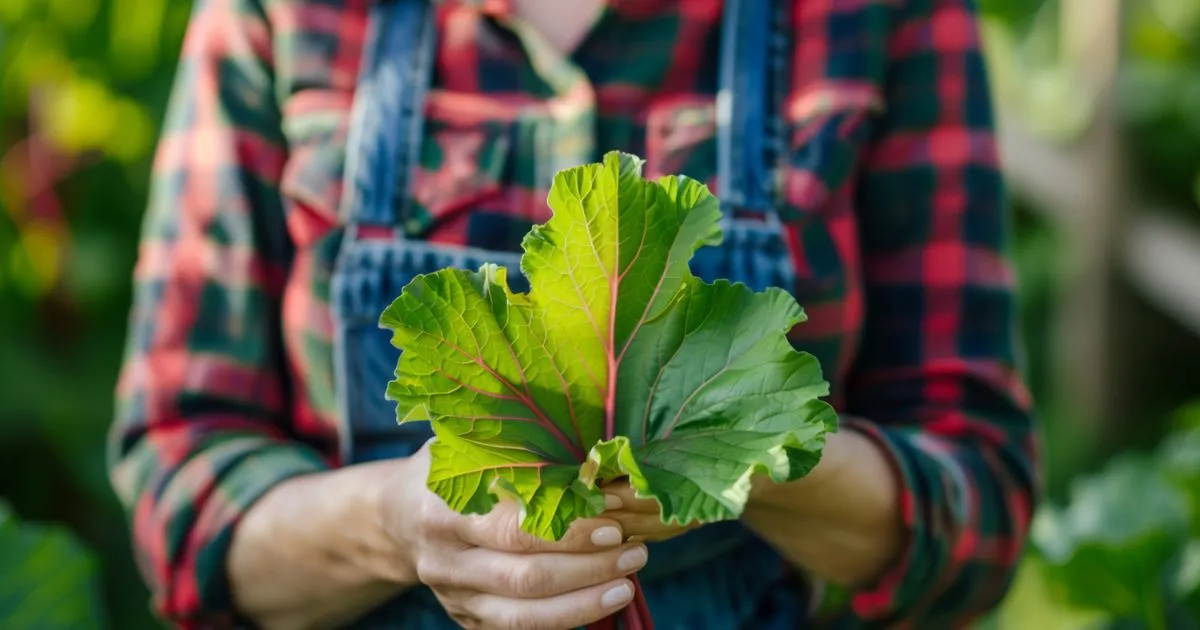Table of Contents
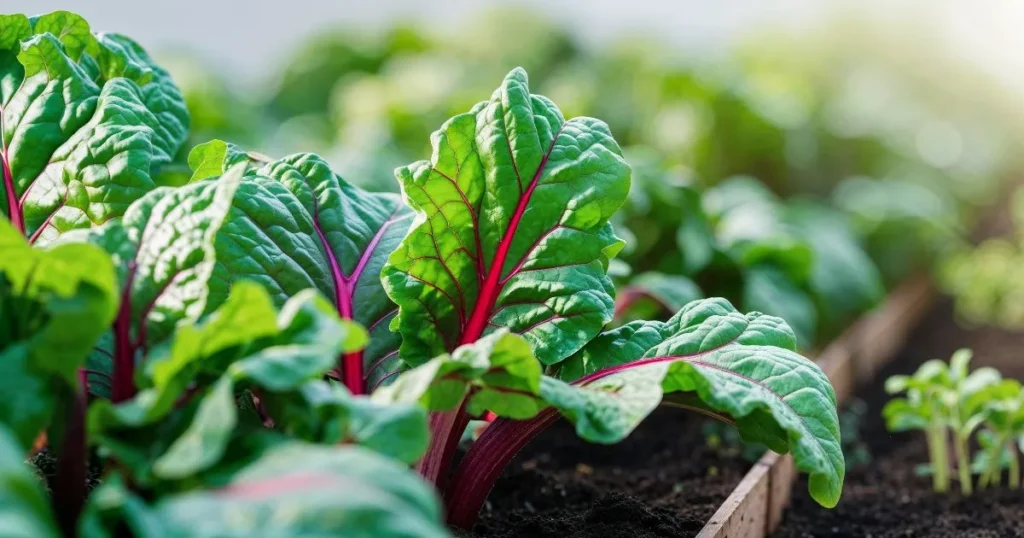
Rhubarb is a perennial plant that has long been a favorite in many gardens, known for its vibrant stalks and tart flavor. Typically, rhubarb is grown in traditional garden beds, where it can spread and thrive. However, what if you don’t have a large yard or suitable ground space? Is it possible to grow rhubarb in a container? The answer is yes, and in this article, we will explore all the information you need to successfully grow rhubarb in a container.
Why Grow Rhubarb in a Container?
Limited Space or Lack of Ground Space
The most obvious reason to grow rhubarb in a container is limited space. Not everyone has a spacious backyard or a garden with fertile soil. By growing rhubarb in a container, you can enjoy fresh rhubarb without taking up valuable space in the garden.
Control Over Growing Conditions
Containers offer the advantage of more control over the growing environment. In a container, you can tailor the soil mix, regulate water levels, and ensure good drainage. This level of control can help your rhubarb thrive and prevent many common garden problems.
Mobility and Flexibility
Another key benefit is mobility. With a container, you can move your rhubarb plant to a sunnier spot or a more sheltered area depending on the season or weather conditions. This flexibility is something that traditional garden beds can’t offer.
Easier Harvesting
Growing rhubarb in a container makes harvesting easier. Since the plant is elevated, you won’t have to bend over as much, making the process less physically taxing, especially for people with mobility issues.
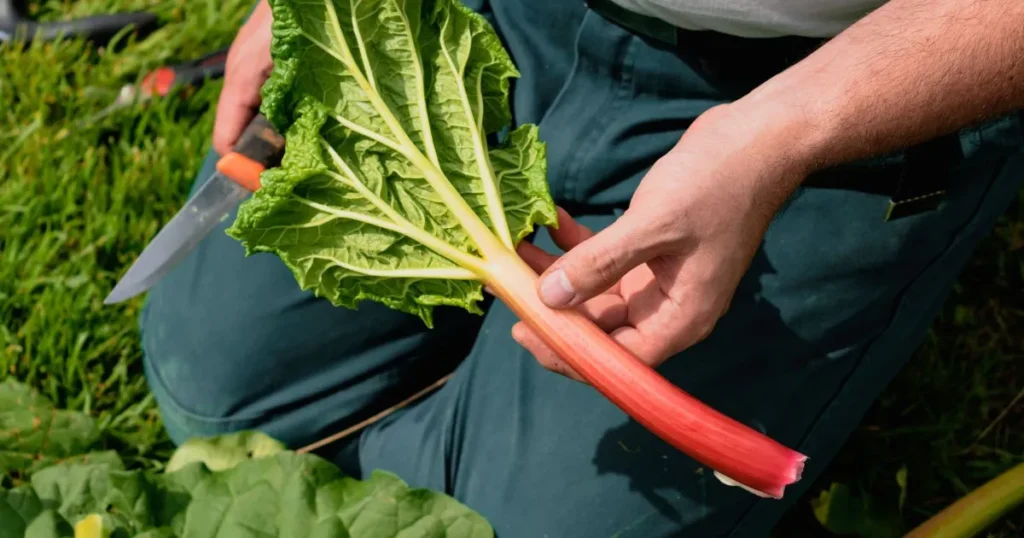
How to Grow Rhubarb in a Container
Growing rhubarb in a container may require some extra care and attention compared to planting in the ground, but it is definitely feasible. Follow these steps to successfully grow rhubarb in a container.
Step 1: Choosing the Right Container
The most important consideration when growing rhubarb in a container is choosing the right pot. Rhubarb is a large, vigorous plant that requires room for its root system to spread. Ideally, you should choose a container that is at least 18-24 inches deep and wide. A larger pot will provide the space necessary for healthy growth and root expansion.
Material of the Container
When selecting a container, you can choose from materials like plastic, ceramic, or terracotta. Each material has its own benefits:
- Plastic Containers: Lightweight, inexpensive, and they retain moisture well.
- Terracotta or Ceramic Containers: Offer an attractive appearance but may dry out faster than plastic. They are also heavier and more prone to cracking in extreme temperatures.
Make sure the container has proper drainage holes. Rhubarb does not like soggy roots, and good drainage is essential to prevent waterlogging.
Step 2: Preparing the Soil
Rhubarb thrives in rich, well-drained soil. For container gardening, it’s crucial to use a good-quality potting mix that provides good aeration and drainage. Avoid garden soil, as it can compact too easily in containers and may lack proper drainage.
A great mix is one that combines organic matter like compost with a high-quality potting soil. You may also want to add perlite or sand to increase drainage. Rhubarb prefers a slightly acidic to neutral pH, so it’s best to aim for a soil pH between 6.0 and 7.0.
Step 3: Planting Your Rhubarb
Rhubarb can be grown from seed, crown, or division, but starting with a crown is typically the easiest and most reliable method for container gardening. When planting, ensure the crown is placed about 2 inches below the surface of the soil. Space the crowns apart to give them room to grow, ideally 18 to 24 inches.
For seeds, you will need to start them indoors in early spring and transplant them into the container once they are big enough. However, growing rhubarb from seeds can take a few years before it is mature enough for harvesting, so growing from a crown is the quicker option.
Step 4: Location and Sunlight
Rhubarb is a sun-loving plant and needs at least 6 hours of direct sunlight each day. Find a sunny spot on your patio, balcony, or terrace where your container can receive the necessary light. If you live in an area with extremely hot summers, some afternoon shade may be beneficial, as rhubarb can get scorched in intense heat.
Step 5: Watering Your Rhubarb
Rhubarb plants require consistent moisture, but they also don’t like to sit in water. When growing rhubarb in a container, it is important to monitor the moisture levels and ensure the soil is always slightly damp, but not soaked. The key is to keep the soil consistently moist without over-watering. If the top of the soil feels dry, it’s time to water.
During the hottest months, you may need to water more frequently. Containers dry out faster than garden beds, so make sure to check the moisture levels regularly.
Step 6: Feeding Your Rhubarb
Rhubarb is a heavy feeder and benefits from regular feeding. You can fertilize your container-grown rhubarb in the spring and throughout the growing season. Organic compost or a slow-release fertilizer is a good option. Be careful not to over-fertilize, as this can lead to excessive leaf growth at the expense of the stalks.
Step 7: Pruning and Maintenance
Rhubarb doesn’t require a lot of pruning, but you should remove any dead or yellowing leaves to keep the plant healthy. During the growing season, it’s important to regularly harvest the stalks. Always leave some stalks on the plant to allow for continuous growth.
Step 8: Overwintering Rhubarb in a Container
Rhubarb is a hardy plant and can survive cold winters. However, when grown in containers, it may require some extra protection. If you live in an area with freezing winters, you can move the container to a sheltered location, such as a garage or shed, or you can wrap the pot with insulating material to protect the roots from extreme cold.
Alternatively, you can mulch heavily around the base of the plant to help insulate it through the winter months.
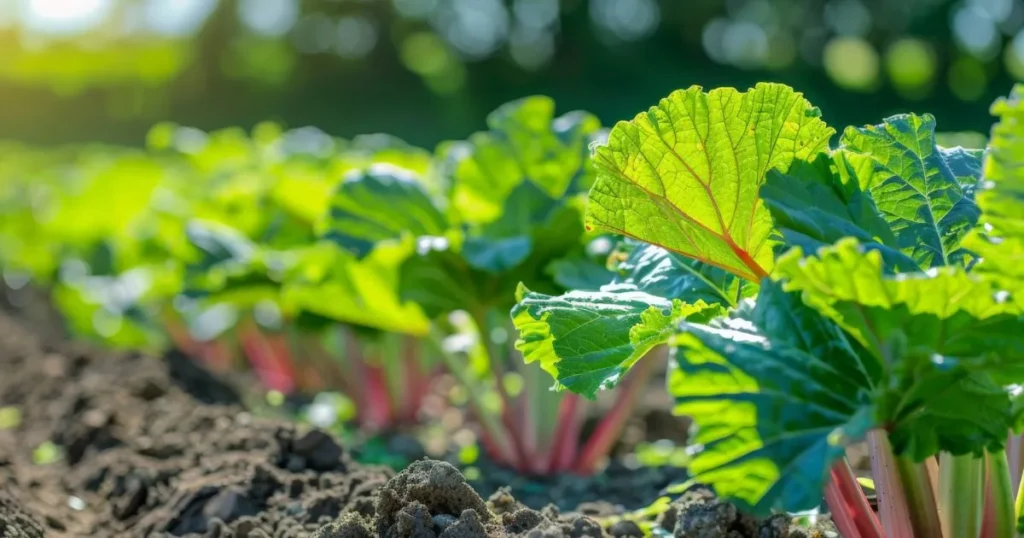
Common Problems with Growing Rhubarb in a Container
Like any plant, growing rhubarb in a container comes with its own set of challenges. Here are some common problems and solutions:
Root Rot
Root rot is a common issue in containers with poor drainage. To prevent root rot, make sure your container has adequate drainage holes, and use a well-draining soil mix.
Lack of Sunlight
If your rhubarb isn’t growing well, it might not be getting enough sunlight. Ensure that the container is placed in a location that receives at least 6 hours of sunlight each day. If not, consider moving it to a better spot.
Yellowing Leaves
Yellowing leaves can be a sign of several issues, including nutrient deficiency or overwatering. If the leaves are turning yellow, check the moisture levels and consider adding some organic fertilizer.
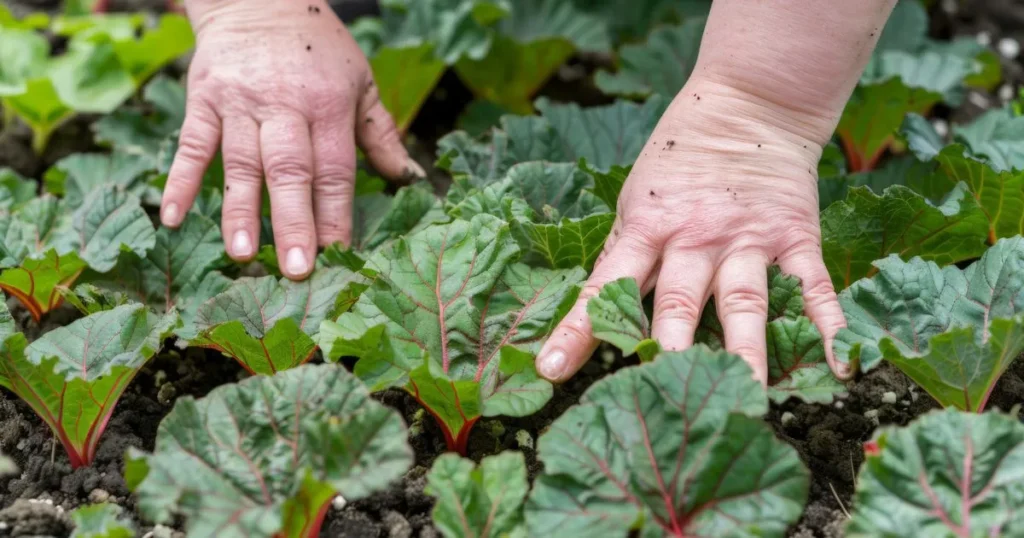
Conclusion: Can You Grow Rhubarb in a Container?
Yes, you can successfully grow rhubarb in a container! While there are some challenges to growing this large, hardy perennial in a confined space, the benefits outweigh the difficulties. Growing rhubarb in a container allows you to enjoy fresh, home-grown rhubarb even if you don’t have a traditional garden. By providing the right soil, watering properly, and ensuring the plant receives enough sunlight, you can grow a thriving rhubarb plant in a pot.
Whether you have limited space or just prefer the convenience of container gardening, growing rhubarb in a container is a rewarding and practical choice. With the right care and attention, you’ll be harvesting your own fresh rhubarb stalks in no time.
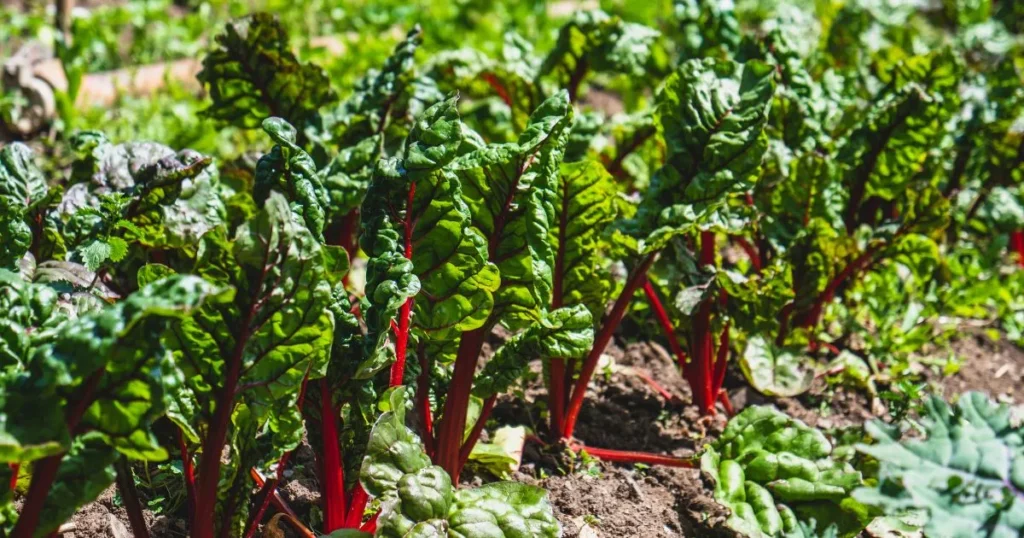
Frequently Asked Questions (FAQ)
Can you grow rhubarb in a container?
Yes, rhubarb can be successfully grown in a container with proper care and attention. Choose a large container with good drainage and provide the right soil, sunlight, and moisture levels.
What is the best size container for growing rhubarb?
The ideal size for growing rhubarb in a container is at least 18-24 inches deep and wide. This provides enough space for the plant’s roots to spread and grow.
How often should I water rhubarb in a container?
Rhubarb in a container needs regular watering, especially during hot weather. Ensure the soil is kept consistently moist, but avoid waterlogging by using a well-draining potting mix.
Does rhubarb need full sun?
Yes, rhubarb needs at least 6 hours of direct sunlight each day. If you’re growing it in a container, place it in a sunny spot to ensure it gets enough light.
Can you grow rhubarb indoors in a container?
While it’s possible to grow rhubarb indoors, it’s challenging because rhubarb needs a lot of sunlight to thrive. If you’re growing it indoors, make sure to place it near a window that gets plenty of sunlight or use grow lights.
How long does it take for rhubarb to grow in a container?
Rhubarb usually takes 2-3 years to become established enough for harvesting. However, once mature, it can produce for many years.
Can rhubarb survive winter in a container?
Rhubarb is hardy and can survive winter in a container, but it may need some protection. You can either move the container to a sheltered area or insulate the pot to prevent the roots from freezing.
4o mini

